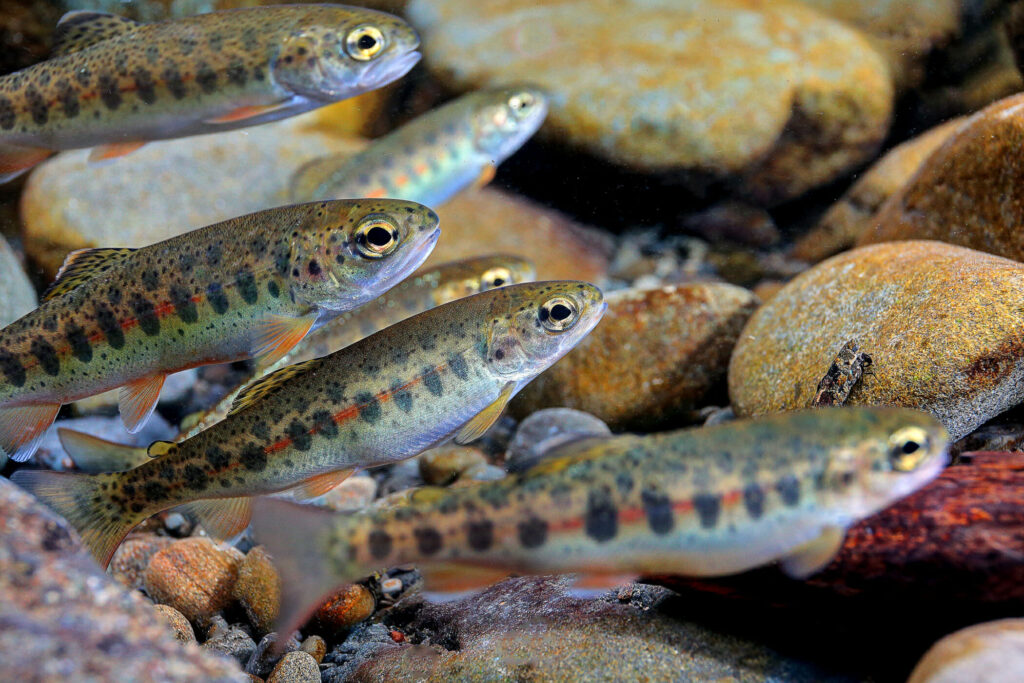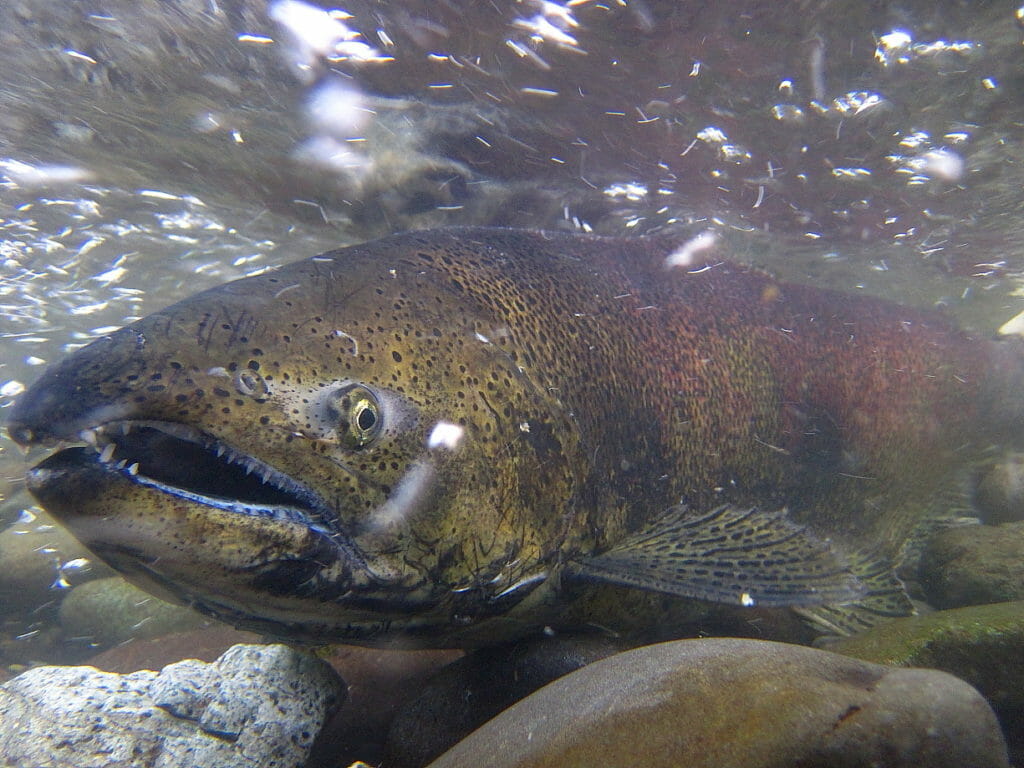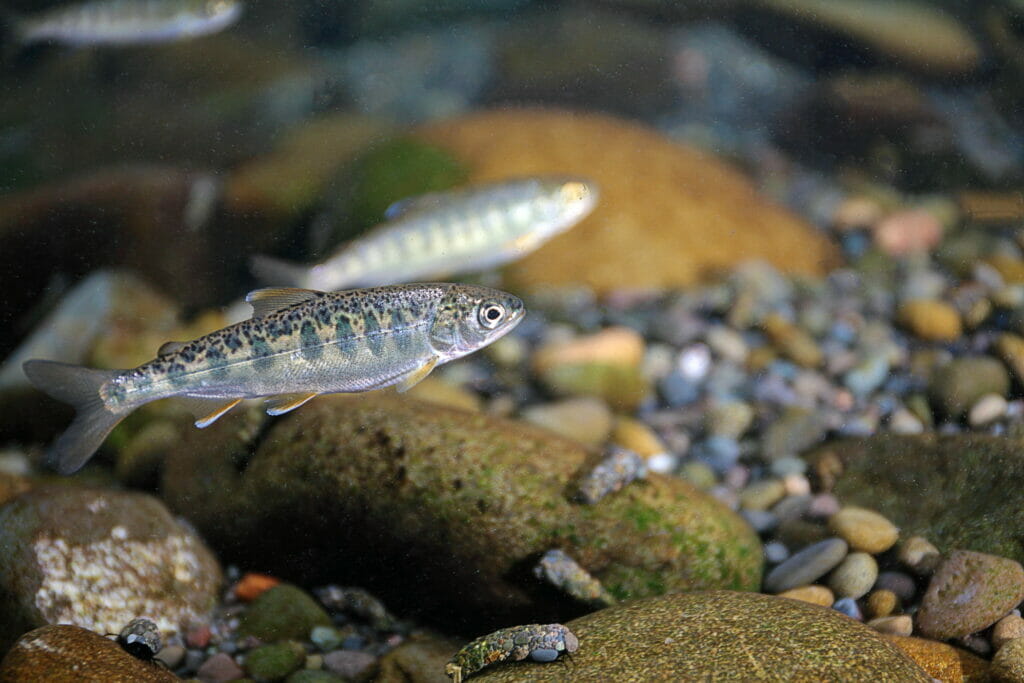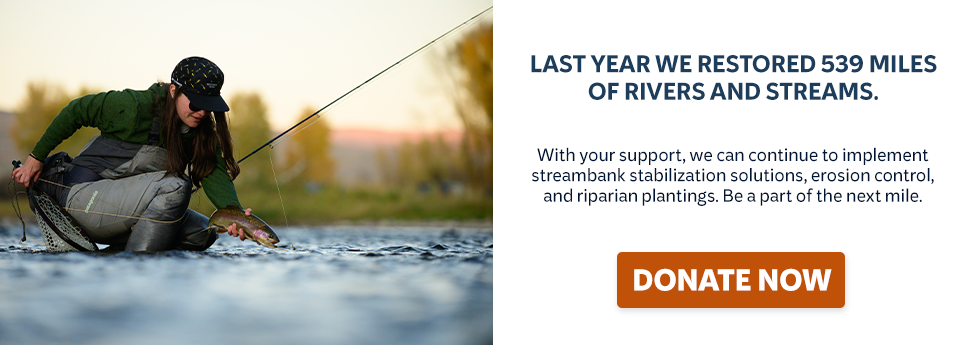Q.
How do you measure the impact of dams on fish populations?
“The combined impact of these factors shows us the four lower Snake River dams and the reservoirs behind them take a heavy toll on Snake River salmon and steelhead.”

Of these known impacts, only some can be quantified. Those in support of maintaining the dams often cite statistics regarding the high percentage of juvenile fish that survive as they pass each dam (from top to bottom of the physical structure), but as noted above physical passage over a dam is just one of the many ways the presence of dams hurts or kills salmon and steelhead.
Data also show that while juvenile fish initially survive the journey from one dam to another or through a series of dams, the cumulative impacts on survival are significant. However data capture only some aspects of the impact and don’t represent the full effect.
Studies establish that some fish die after they have passed through the hydro-system because of the stressful experience of passing the dams and migrating through the reservoirs. This is referred to as “latent mortality” and it occurs at some point below Bonneville dam, the last dam fish must pass on their way to the ocean. The amount of latent mortality experienced by salmon and steelhead has been a hotly debated topic for decades. We cannot quantify it precisely because too many variables exist. But the fact that it is difficult to quantify does not negate its potentially significant impact. Recent estimates of latent mortality used by NOAA in the Columbia Basin Partnership process range between 9 and 67 percent.
For fish that survive passage through the dams and reservoirs, the experience also exerts significant stress on adults, which ultimately reduces the number of juvenile fish produced. Some female adults never spawn and others produce far fewer eggs. As is the case with latent mortality, it is not possible to quantify this harm, but that does not diminish the fact that it exists and contributes to depressed wild salmon and steelhead populations.
The combined impact of these factors shows us the four lower Snake River dams and the reservoirs behind them take a heavy toll on Snake River salmon and steelhead. The mortality that can be quantified is substantial. But when the harm caused by the dams and reservoirs that cannot be quantified is added to the equation it becomes clear that breaching the four lower Snake River dams would vastly improve the abundance and productivity of wild Snake River salmon and steelhead.



